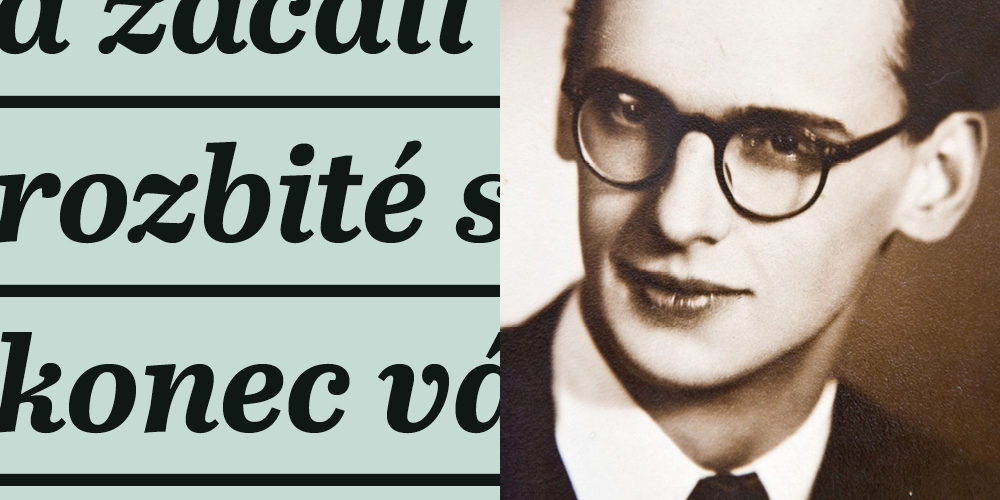
When on 5 May 1945 a radio call for help went out, sixteen-year-old Ivan Kieslinger put on his scout uniform and went to the center of Prague. Together with other scouts, he reported to the commander of the uprising, General Kutlvašr. They wanted to fight. The general thanked them, but since they had no guns, he told them he did not need them. The next day, Ivan was sent from the headquarters to Motol, where a German garrison controlled the training ground.
The Russian Liberation Army, the so-called Vlasovists – Red Army prisoners who had previously been fighting on the side of Nazi Germany – were already approaching Prague. At the end of the war they decided to side with the Prague rebels against the Germans. The German garrison in Motol surrendered, and the Vlasovists seized their machine guns and taught the young scouts how to use them.
In the days that followed, Ivan helped defend the main post office on Jindřišská Street, where an important telephone exchange operated, running between the headquarters as a liaison. On May 8th, he got an anti-tank weapon – a Panzerfaust – and found himself in the middle of a fierce street fight on Wenceslas Square. He hid on the stairs leading to the basement of the men’s toilets. A friend found a large mirror in one of the ruined shops and gave Ivan signals:
“The German tank operator apparently had a sense of humor and shot the mirror out of his hand with a cannon. My friend got stuck in a corner. He was completely white,” recalls Ivan Kieslinger.
But the tank withdrew and the firing gradually died down. “Around six o’clock in the evening, the janitors swarmed in and started sweeping up the glass. We understood that the war was over.”
Liberation
Nazi Germany was defeated in the Second World War by the determination, bravery, and combat deployment of soldiers from the United States, Great Britain, Poland, France, the Soviet Union, and other countries and nations. But the Soviet Union, led by the dictator Stalin, did not join the Allies until it itself was attacked by the Nazis in June 1941. Until then, the USSR had acted as a partner of Nazi Germany in the spirit of the Molotov-Ribbentrop Pact concluded shortly before the outbreak of the war. At that time, when tens of thousands of Czechoslovaks fled from the Nazis to the USSR, they often ended up in gulag labor camps. The Red Army did not enter the war until the summer of 1941 after Nazi Germany had invaded.
The Soviet Union deployed over six million soldiers to the Eastern Front. We can speak of great heroism and huge losses. The Red Army, with great effort, defeated the better armed and trained German Wehrmacht, and with it the prestige of the “land of the Soviets” logically grew. However, when we talk about the liberation of Czechoslovakia, we must mention, besides the Soviet victims (up to 140,000 Red Army soldiers are said to have died), the tens of thousands of our soldiers fighting alongside the Allies on the Eastern and Western fronts, the brave Slovak insurgents, the paratroopers, partisans and thousands of their helpers, the insurgents from the barricades of Czech towns at the end of the war, and last but not least the soldiers of the American Army who liberated part of the Czechoslovak territory from the west, as well as the forgotten Romanian soldiers advancing with the Soviets from the east. On 8 May 1945, after six long years, peace reigned in Europe and Czechoslovakia became a liberated country. But not free.



